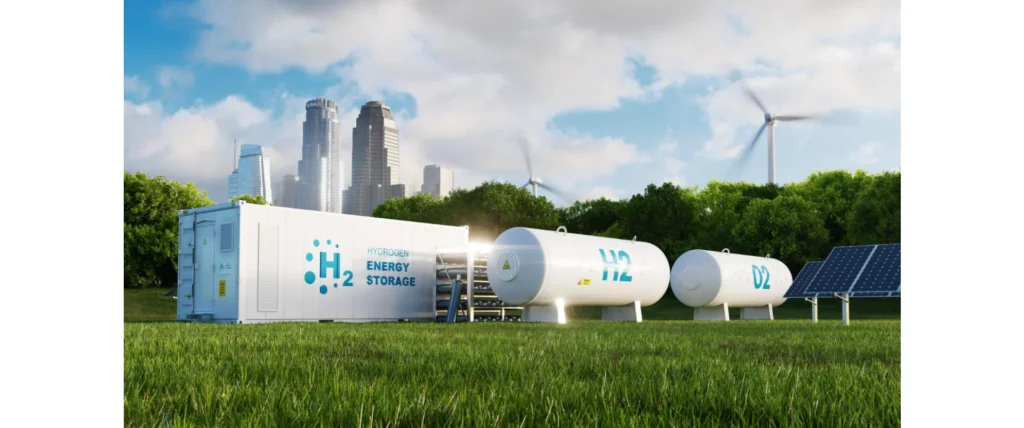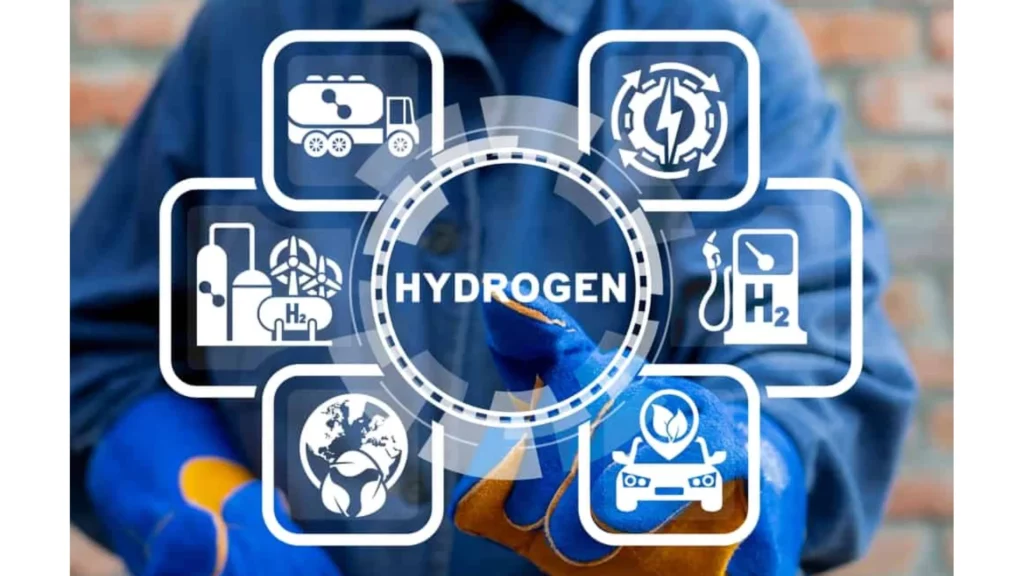Green Hydrogen Production Transparency Initiative
California is at the forefront of embracing green hydrogen as a sustainable alternative to fossil fuels for powering diesel vehicles.
SGH2, a pioneering company in the field, has announced ambitious plans to establish a large-scale green hydrogen production facility in Southern California.
This innovative venture aims to leverage waste gasification technology, a process that transforms waste into gas by subjecting it to high temperatures.
This method not only offers an eco-friendly solution by breaking down waste into molecular compounds that bond with hydrogen but also presents a viable alternative to electrolysis, despite its current cost challenges.

Transparency in Green Hydrogen Production
The commitment to making green hydrogen production more transparent is gaining momentum.
Key organizations, including the Gas Technology Institute, the National Energy Technology Laboratory, and S&P Global Platts, have launched an initiative focused on:
- Precise Carbon Intensity Measurements: Advocating for accurate carbon intensity metrics across all hydrogen production facilities to enable effective decarbonization strategies.
- Global Green Hydrogen Standard: Promoting the development of a universal standard to ensure consistency and reliability in green hydrogen production.
The initiative draws inspiration from Stanford's Oil Production Greenhouse Gas Emissions Estimator Model, aiming to establish a similarly robust framework for the green hydrogen sector.
This collaborative effort seeks to engage stakeholders from various industries to create transparent and objective measurement tools for assessing carbon intensity in green hydrogen production.

The Environmental Promise of Green Hydrogen
Green hydrogen stands out for its minimal environmental impact, producing zero greenhouse gas emissions. Its production involves:
- Electrolyzing Water: A process that separates hydrogen from oxygen, leaving water as an intermediate product.
- Utilizing Renewable Energy Sources: Ensuring the hydrogen produced is truly green and sustainable.
The adaptability and environmental benefits of green hydrogen position it as a crucial component in combating the climate crisis.
Navigating the Challenges: Cost and Technology
The transition to green hydrogen faces significant hurdles, particularly in industries hard to decarbonize, such as chemicals and aviation.
Current cost comparisons highlight the economic challenge:
- Fossil Fuel-Derived Hydrogen: $1-$1.8 per kilogram.
- Green Hydrogen Production: $3-$6 per kilogram.
These figures underscore the need for substantial investment and innovation to make green hydrogen competitive.
The European Union's green hydrogen strategy aims to achieve net-zero carbon emissions by 2050, signifying a major commitment to overcoming these challenges.

Enhancing Transparency with GIS-Based Smart Maps
To improve transparency in green hydrogen production, GIS-based smart maps offer a powerful tool by:
- Providing detailed visibility into the production process.
- Enabling evidence-based decision-making.
- Supporting the scale-up of efficient processes through advanced analytics.
Detailed Consideration of Green Hydrogen Production Costs
Understanding the economics of green hydrogen production is crucial.
The cost varies significantly based on geographic location and renewable energy potential, with key factors including:
- Initial Investment and Electricity Costs: The price of electrolyzers and the energy consumed during production.
- Efficiency Gains: Optimizing the electrolysis process to reduce operational costs.
Future projections suggest that by 2030, green hydrogen could become cost-competitive with fossil fuels, supported by government policies aimed at reducing production costs.

Towards a Sustainable Green Hydrogen Economy
The sustainability of green hydrogen production hinges on its ability to integrate into a broader energy mix, offering a pathway to emission-neutral status. Key considerations include:
- Renewable Energy Integration: Utilizing offshore wind farms for green hydrogen production.
- Versatility in Use: Allowing green hydrogen to serve multiple sectors, from transportation to heavy industry.
Implementing Improvements and Expanding the Discussion
To enrich the discussion and address potential criticisms, it would be beneficial to:
- Highlight Innovations and Solutions: Discuss emerging technologies and strategies that reduce production costs or enhance efficiency.
- Incorporate Case Studies: Provide examples of successful green hydrogen projects to illustrate their viability and impact.
- Engage with Counterarguments: Acknowledge and address the skepticism surrounding green hydrogen to present a balanced perspective.
By incorporating these elements, the article not only becomes more comprehensive and informative but also invites a broader audience to engage with the transformative potential of green hydrogen in achieving a sustainable future.
Source:

